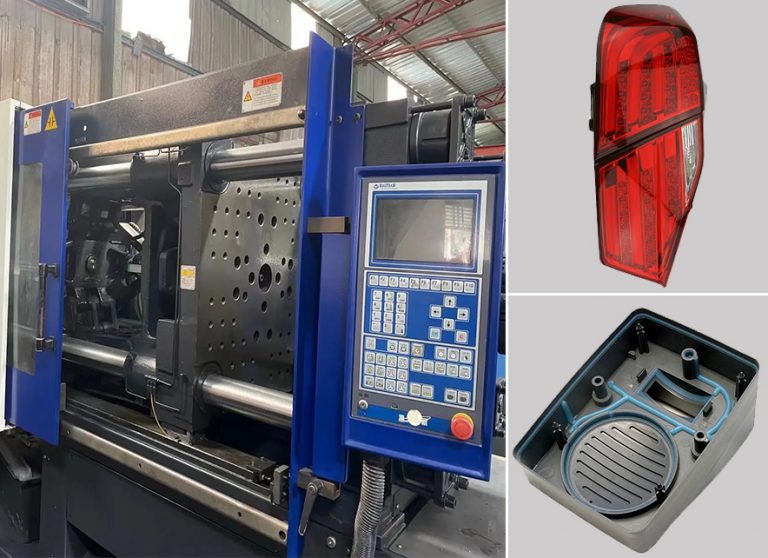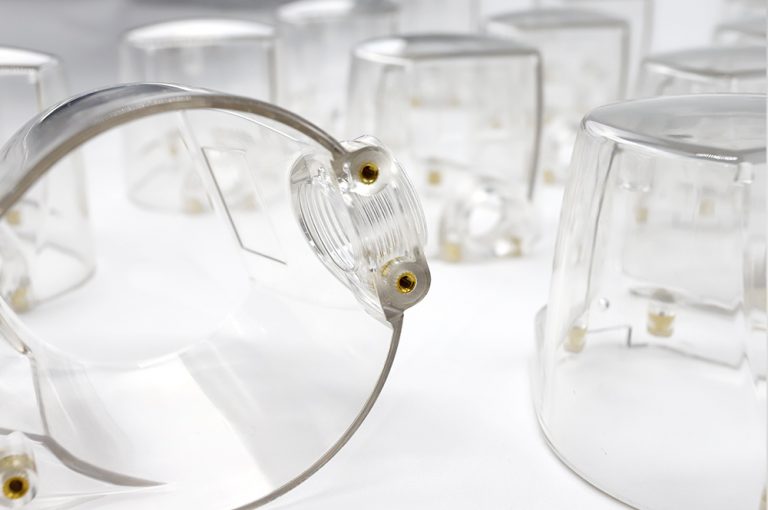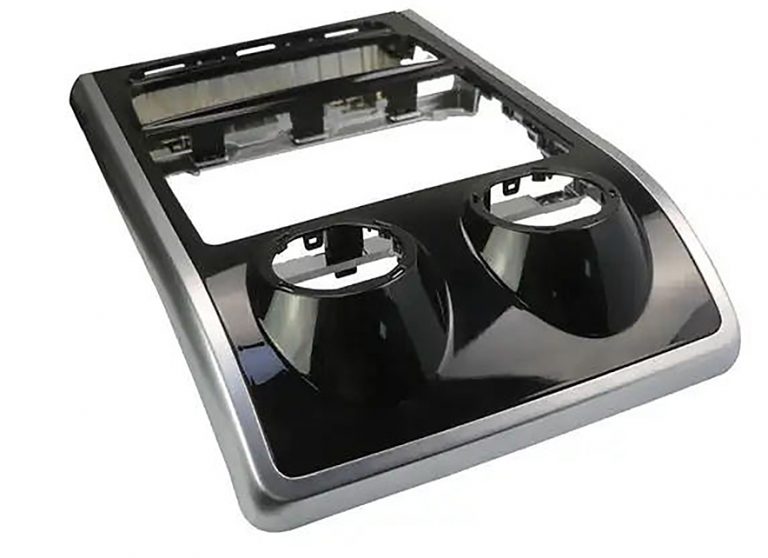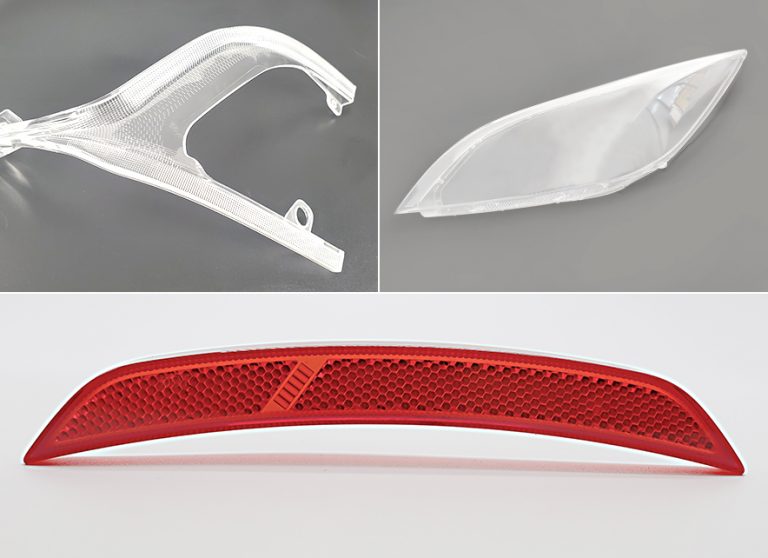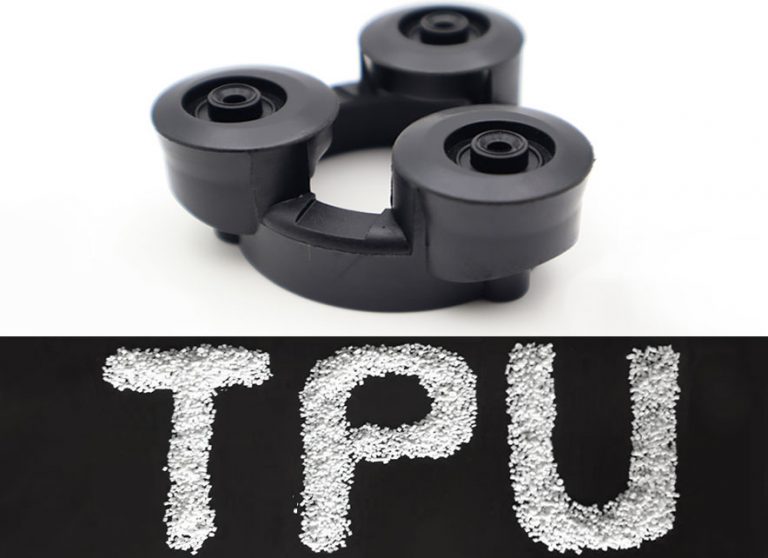PC Injection Molding Process and Screw Selection

Posted on : July 21 , 2022 By GREFEE
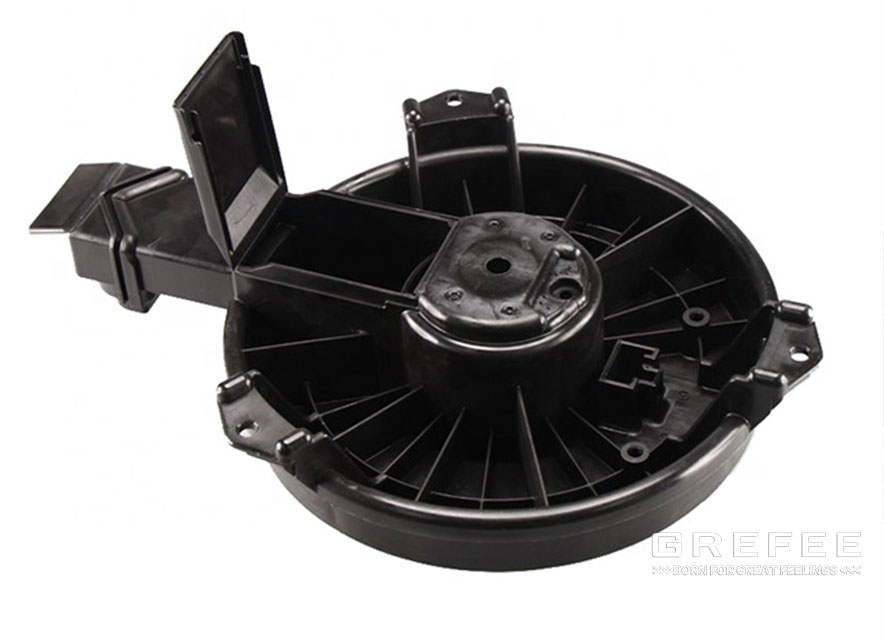
The PC material has high strength, good transparency, low molding shrinkage rate, and high process ability, which is widely used in electronic devices and industrial parts fields.
PC materials has excellent features with high transparency and impact rigidity, and deformation resistance, wide using temperature range. PC injection molding products are being used a broad range of products since it provides remarkable aesthetic value and outstanding functionality.
The property characteristics of the PC is that its melting viscosity has low sensitiveness to the shear cutting rates, but is quite sensitive to the temperature. It does not have obvious melting point. The viscosity of the molten is high, and the resin is easy to dissolve under high temperature, so the products are likely to crack.
ABS is a kind of the resin with great comprehensive properties, which has high impact strength and surface stiffness within a broad range of temperature. Its thermal deformation is higher than that of PA and PVC. In addition, its dimension stability and electric insulation are also, and it does not being affected by temperature and moisture, so it can be used under most environments. PC/ABS injection molding products offers greater strength, which combines the properties of both PC and ABS materials, which is also applicable to most situations.
In terms of these properties, we should distinguish them and deal with it correspondingly. The first thing to do is to increase its flowability of molten by increasing the injection temperature rather than rising the inljeciotn pressure, which requires the mold runners and gates should be short and wide to reduce the pressure loss of the fluid. In the meantime, it demands a high injection pressure. The resin should be fully dried before the molding processing to make the moisture content under 0.02&. In addition, during the processing process, the insulation measures should also be taken for the resin to prevent re-absorbing moisture. Not only a proper design is needed, but also a correct grasp of the moulding process, such as increasing the mold temperature. Carrying out the post-treatment for products can reduce or eliminate the internal stress. Adjusting the coefficients according to the real situation of the products.
Injection molding process
1. The injection molding temperature should be based on the shapes, dimensions, mold structures, products properties’ , requirements and other aspects. Typically, the temperature for molding process is between 270 degrees to 320 degrees. Too high material temperature, such as more than 340 degrees, the PC will be degraded and the color of the products will become darker. There will be silver lines, dark strips, black spots, air bubbles and other defects. In the meantime, its physical mechanical properties are decreased significantly.
2. The injection pressure has an impact on the physical mechanical properties, internal stress and molding shrinkage rate of the PC products to some extent and it has a significant influence on the appearance and the mold release. Too low and too high injection molding pressure will lead to some defects on the products. Typically, the injection molding pressure is controlled within 80-120MPa. For products with thin wall, long flow distance, complex shapes or small gates, make sure the cavity is filled in time at a high injection pressure to overcome the resistance of the molten flow (120 -145MPa) to obtain a complete and smooth surface products.
3. The pressure holding and holding time has a significant impact on the internal stress of the PC products. Too low holding pressure will lead to the depression on the surface or vacuum bubbles. Conversely, too high will cause a high internal stress around the gate. In the real processing, it is often addressed with the high material temperature and low holding pressure. The length of the holding time depends on the thickness of the wall, size of the gate, mold temperature and other factors. Small and thin products does not need long holding time, whereas the large and thick products need long holding time, which is determined by the test of the gate sealing time.
4. The injection speed has no clear influence on the properties of the PC materials. In addition to the thin wall, small gate, deep holes, long flow distance, it usually adopts moderate or slow speed to process. The optimal choice is multi-step injection in a way of “quick-slow-quick”.
5. The mold temperature should be controlled within 80-100 degrees. For products with complex shapes, thick wall and high requirements, it can be rose to 100-120 degrees, but do not exceed the thermal deformation temperature.
6. The rotating speed of the screw rod and back pressure. The high viscosity of the PC molten is beneficial to plasticity, venting, and maintenance of the plastic machines. To prevent the load of screw being too high, the requirements for the rotating speed of the screw should not be high. It is generally controlled within 30-60r/min, and the back pressure should be controlled between 10-15% of the injection pressure.
7. During the injection molding process of PC, the use of mold release agent should be strictly controlled. At the same time, the use of recycled materials should not exceed three times, and the amount used should be about 20%.
Requirements for the plastic machine producing PC products: the maximum injection volume of the product (including runners, gates, etc.) should not be higher than 70-80% of the nominal injection amount, and the screw should be single-threaded and equal pitch or with a gradual change of the non-return ring and compression type screw, the length-diameter ratio L/D of the screw is 15-20, and the geometric compression ratio C/R is 2-3.
MORE BOLG
Categories
Latest blog
- Consumer Electronics – CNC Machining Solutions for Photography Series Components
- Selection Logic of the Four Major Casting Processes
- Customization Case of Electrical Parts
- Precision Gear Machining – Precision Transmission, Driving the Future
- 4 Major Casting Process Flows, Surface Treatments and Applications

Try GREFEE now,for free
We keep your uploaded files confidential and secure.

